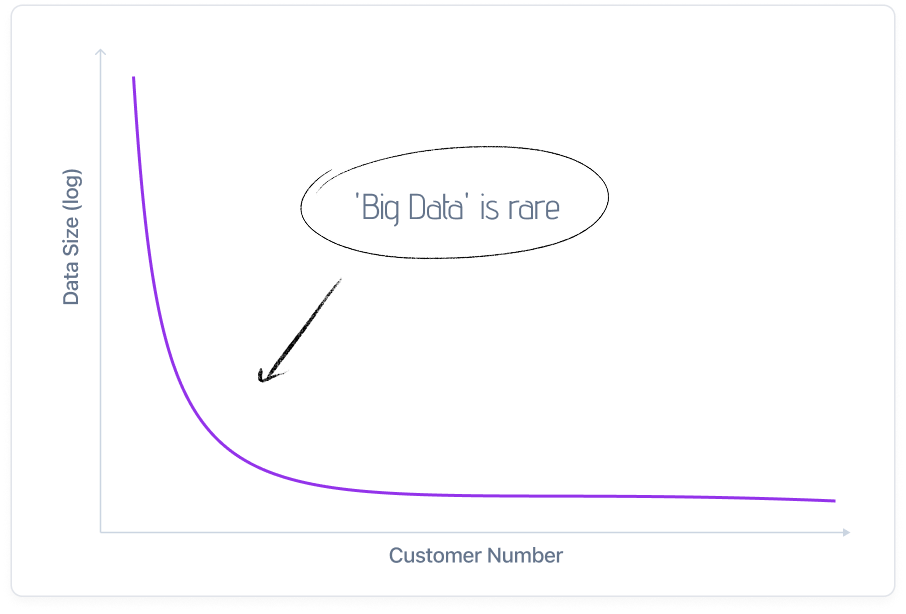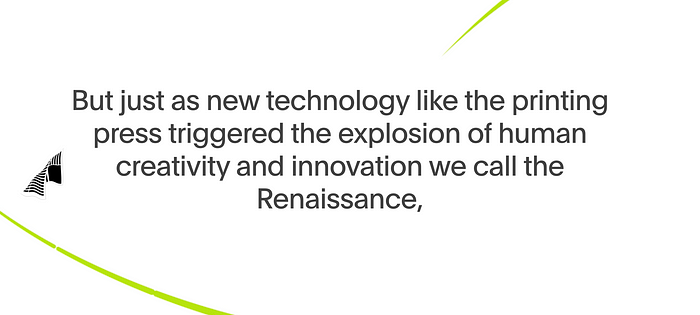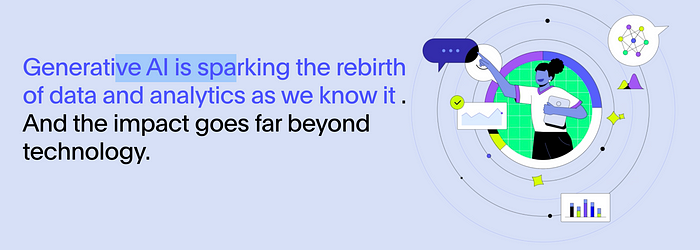
Dashboards are Dead. Let Your Data Tell Its Own Story.
The original article, by ThoughtSpot, “Dashboards are Dead,” shares our beliefs, given the AI era we are in at the beginning.
The Evolution of Dashboards
In the world of data analytics, dashboards have long been the go-to tool for visualizing and making sense of complex data. From business executives to data scientists, dashboards provide a quick snapshot of key metrics and trends. However, as technology advances and the amount of data collected grows exponentially, the limitations of traditional dashboards are becoming increasingly apparent. Enter the era of AI, where storytelling with data is set to replace static dashboards.
The Rise and Reign of Dashboards
Origins of Dashboards
- Early Beginnings: Dashboards gained popularity in the early 2000s as a way to simplify data visualization.
- Business Intelligence Tools: Tools like Tableau and Power BI revolutionized how businesses interact with data, offering user-friendly interfaces and real-time updates.
- Key Benefits: Dashboards allow quick insights, easy sharing, and a centralized view of critical metrics.
For the last three decades, data has been kept out of the hands of too many people, trapped by manual number crunching, hard coding, and static insights. — ThoughtSpot (This is the Data Renaissance)
Limitations of Traditional Dashboards
- Static Nature: Despite their advantages, dashboards are often static and can quickly become outdated.
- Data Overload: As data volume and variety increase, dashboards can become cluttered and overwhelming.
- Contextual Gaps: Dashboards typically lack the narrative context that helps stakeholders understand the implications of the data.
The Emergence of AI-Powered Data Storytelling
The AI Advantage
- Dynamic Analysis: AI and machine learning algorithms can analyze vast amounts of data in real-time, providing dynamic insights.
- Predictive Analytics: AI can forecast trends and behaviors, offering proactive insights.
- LLM Text Generation: Large Language Models (LLMs) have improved enough to augment most data teams' work.

From Dashboards to Data Stories
- Contextual Narratives: AI-powered tools create stories that provide context and relevance, making data more actionable.
- Personalized Insights: Data stories can be tailored to different audiences, ensuring each stakeholder receives relevant insights.
- Interactive Exploration: Interactive data stories allow users to explore data at their own pace, delving deeper into areas of interest.

How to Transition from Dashboards to Data Stories
Step 1: Identify Key Metrics and Data Points
- Focus on the most critical metrics, “Metrics that Matter,” that drive your business decisions.
- Ensure data quality and consistency across sources as a foundation, not an afterthought, of your data analytics operations.
Step 2: Leverage AI Tools
- Utilize AI tools (like datajoi!) that offer data storytelling capabilities.
- Integrate a mix of public and private LLM Agents and Models. Your teams need to deliver data products to achieve automation and augmentation.
Step 3: Craft the Narrative
- We hear, over and over again, “I’ll know what I like when I see it” or “We need more context in these slides for our metrics.”
- Instead of guessing and endless data analytics. Describe to an AI Agent that will help you build the metrics, describe a narrative, and add context.
- Include visuals that support the narrative, but avoid unnecessary charts and graphs that could clutter the story.
Step 4: Make It Interactive
- Allow users to interact with the data story, explore different scenarios, and drill down into specifics.
- With the advances in analytic ad code notebooks and interactive data applications. Aside from internal bureaucracy, there is no reason to keep a team from delivering great data products. That last.
- Provide customization experiences based on user interactions or roles.
Step 5: Regularly Update the Story
- Ensure the data story is regularly updated with the latest data and insights. Data agents can automate most of this and augment the rest, which requires a human touch or verification in low-confidence situations.
- Continuously refine the narrative based on user feedback and evolving business needs. It is common now for LLMs to benefit most from a smaller, well-curated dataset to fine-tune or train on a task. Whereas previously, quantity over quality in datasets was desired.
The Future of Data Visualization
Integrating AI and Human Expertise
- While AI provides robust data analysis and storytelling tools, human expertise remains crucial.
- Data analysts and business leaders should work together to interpret AI-generated insights and make informed decisions.
Ethical Considerations
- As AI plays a larger role in data storytelling, ethical considerations like privacy and algorithmic bias become more critical.
Continuous Evolution
- Data visualization and analytics will continue to evolve, driven by AI advancements and shifting business landscapes.
- Staying ahead of these trends will be essential for leveraging data as a strategic asset.
In The End.
The traditional dashboard has served us well, but the future lies in an AI-powered dynamic, context-rich DataStory. By embracing this new paradigm, businesses can gain deeper insights, make more informed decisions, and ultimately drive greater success. Embrace the power of AI, and start telling compelling stories with your data today.
